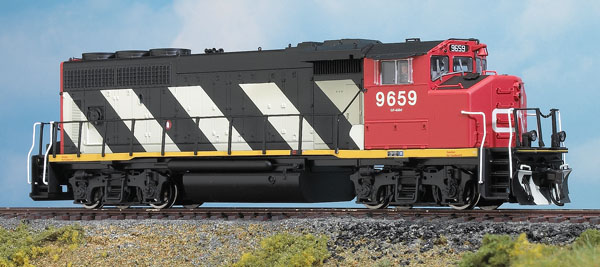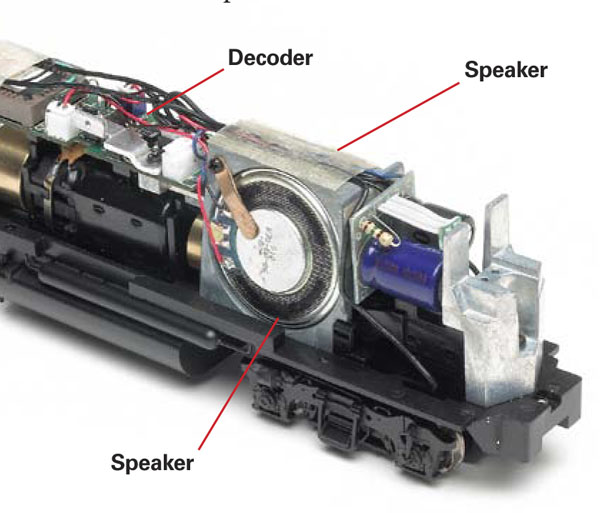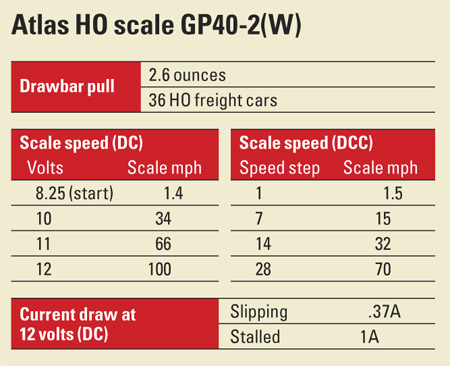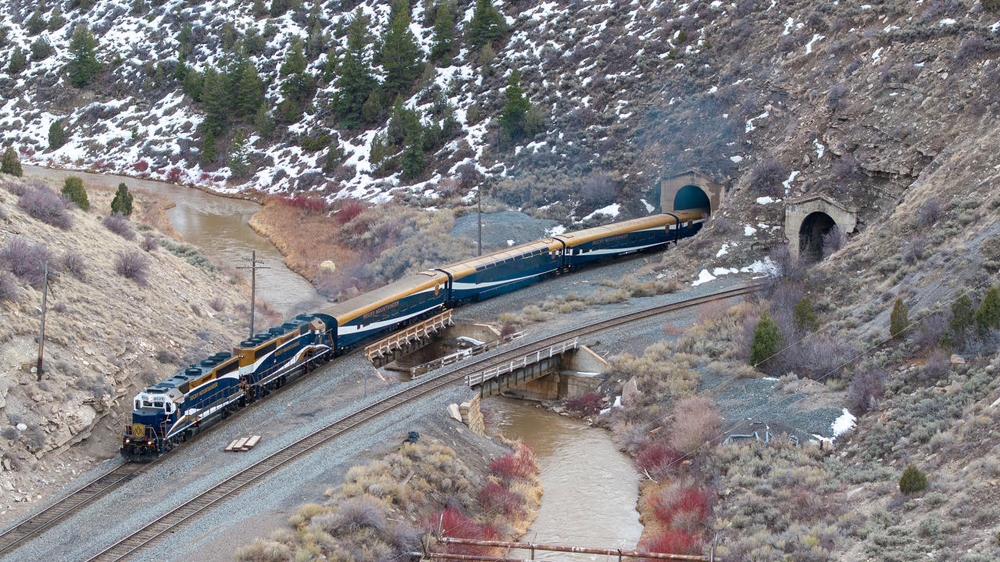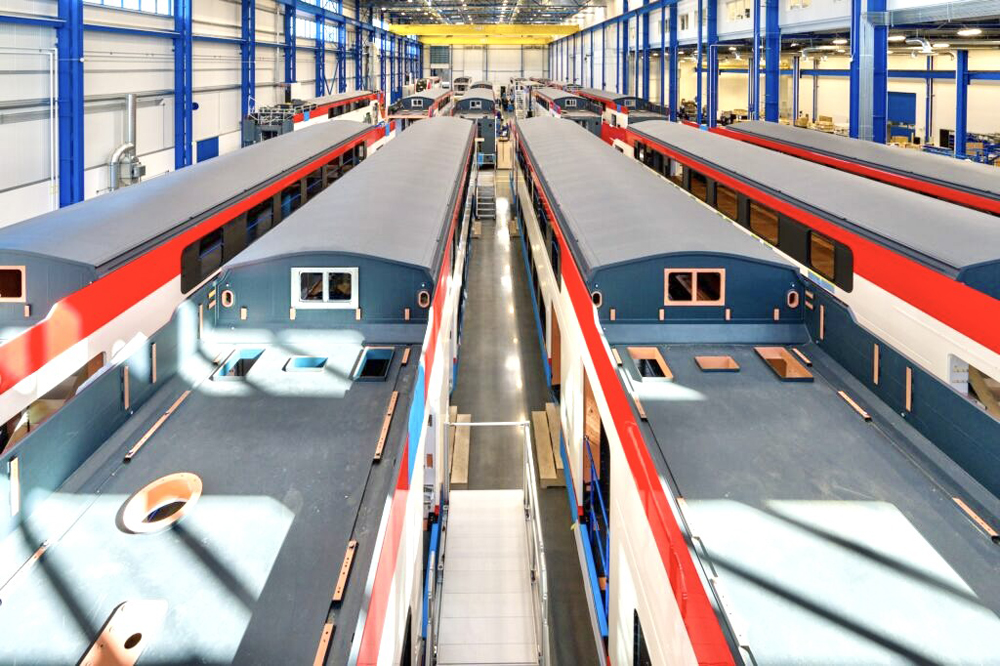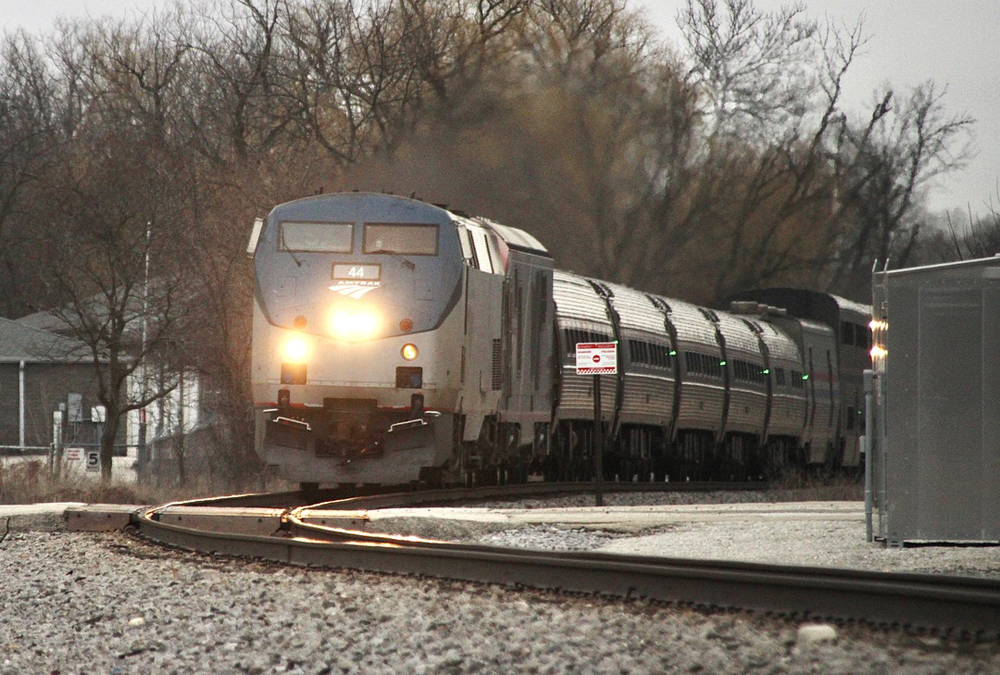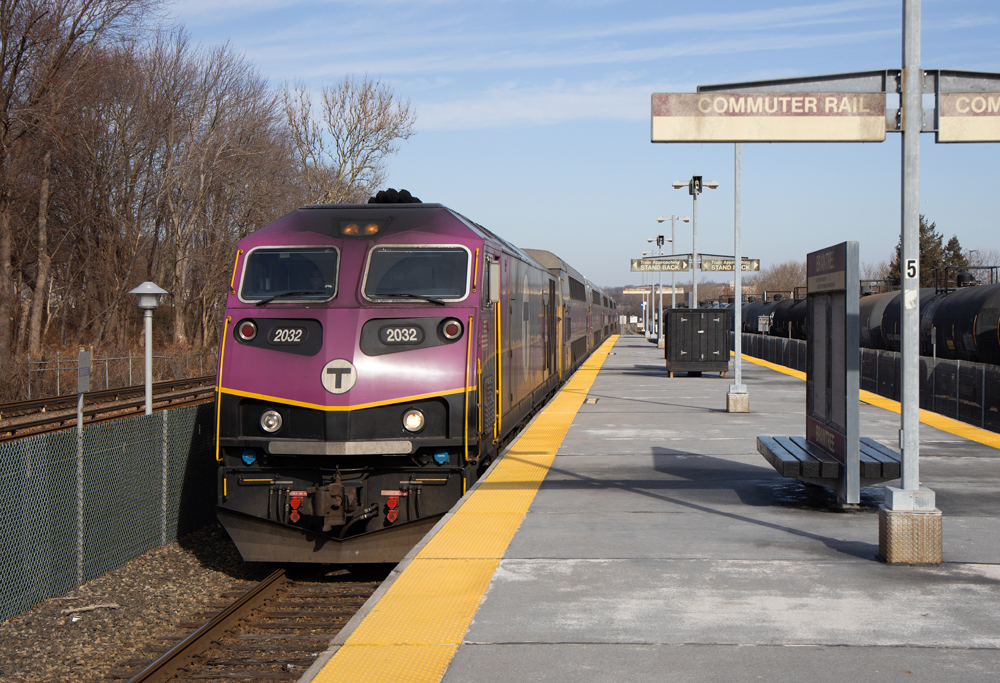The Canadian cab, now known as the North American Safety Cab, was developed by EMD for the Union Pacific’s DDA40X “Centennials” in 1968. But Canadian roads were the first to embrace the concept for standard road locomotives, with Canadian National ordering wide-nose-equipped GP38-2s and Government of Ontario (GO) Transit buying wide-nosed GP40-2s from General Motors Diesel Division in 1973. (Though railfans use the suffix W to distinguish between wide-nose models and standard GP40-2s, the manufacturer doesn’t designate them as such.)
Through the mid-1970s, CN ordered 268 wide-nose GP40-2s. The first three batches were designated GP40-2L for their lightweight custom frames. Atlas’ model represents a locomotive from Canadian National’s fourth order for 35 standard-framed GP40-2s. Atlas offers three models from this series, plus one of the 10 units CN bought used from GO Transit in 1991 (number 9674).
The CN’s fourth batch of GP40-2s was delivered in early 1977 and assigned to work out of Macmillan Yard in Toronto. They were given a variety of duties, from branchline work to hauling fast freights in multiple-unit lashups to occasional passenger service.
A large proportion of CN’s GP40-2s found new lives after being sold to other roads. Atlas offers models decorated for two of these lines, Huron Central and Guilford Rail System (with Maine Central reporting marks), as well as three road numbers for GO Transit.
The model boasts an impressive amount of detail. It has snow shields above the air intakes just behind the cab, a CN modification made shortly after purchase. The snow shield even has a notch for the cab door’s windshield wiper – a prototypical detail. Another CN addition was ditch lights, which work on the Atlas model.
The handrails are of finely molded acetal plastic, and close to prototypical thickness. Most of the grab irons are wire, though the ones on top of the nose are plastic, as is the rooftop air line. The lift rings are metal. The fans are also well done, with finely etched metal grills and fans that spin freely.
I compared the model to a diagram of the GP40-2L printed in the November/December 2000 issue of Diesel Era. The height differed because of the 2L’s taller frame, but otherwise, the body’s major dimensions matched. The placement of details matched prototype photos published in Diesel Era’s July/August 2000 issue. All the model’s wheelsets were in gauge, and its Accumate magnetic knuckle couplers were mounted at the correct height.
Most of the space under the shell is occupied by a hefty motor, dual flywheels, driveshafts, gear towers, Digital Command Control decoder, and a pair of speakers mounted in an A-frame. The cast-metal frame is assembled from several separate parts, rather than in halves, and at first glance it doesn’t look like much space is devoted to weight. Even so, the locomotive is fairly hefty, weighing more than 3⁄4 pound. This gives it the traction to pull a train of 36 freight cars on straight and level track.
Our model came with a QSI Quantum DCC sound decoder installed. This decoder rests on top of the frame. It’s connected by wires to separate lighting boards on the front and back of the frame, as well as to the ditch lights at the front of the shell. These wires plug into sockets taped to the frame under the nose, so the shell can be disconnected from the frame if needed.
Directly behind the motor, straddling the rear driveshaft, a cast-metal A-frame holds two 1-1/8″ speakers facing each other. The dual speakers don’t provide stereo, but rather combine effects for richer and more powerful sound. The sound effects were some of the best I’ve heard from an HO locomotive.
The sounds of an idling diesel engine came on at 4 volts (V). The higher current requirements of a sound decoder meant that the locomotive didn’t start moving until just over 8V, though. The drivetrain is quite smooth, rolling steadily at less than 11⁄2 scale mph.
Though the prototype GP40-2s were intended as freight locomotives, some units were regeared for fast freight or passenger duties. Therefore, the model’s top speed of 100 scale mph at 12V isn’t entirely out of the realm of realism.
In addition to the automatic engine sounds, other sound effects can be triggered in DC using a standard power pack. Though the direction switch changes the locomotive’s direction while it’s stopped, when the engine is moving, flipping the switch once starts the horn. Flipping the switch back silences the horn. Quickly toggling the switch back and forth starts the bell ringing, and doing so again stops it.
While the locomotive is stopped, the direction switch can also be used to program some features of its decoder. Toggling the switch quickly three times in sequence just after starting the engine enters programming mode. From there, with patience, a user can toggle through a menu that controls settings such as starting voltage, maximum voltage, helper mode, and engine load. I used our Model Rectifier Corp. Tech 4 power pack to change the locomotive’s overall sound effects volume, as well as to reset the decoder to factory settings after I was done testing DCC programming.
Another setting accessible both in DC and DCC programming mode lets you switch between standard and “regulated” throttle, which acts like momentum.
Decoder manufacturer QSI sells a control device called the Quantum Engineer that’s designed to connect between a DC power pack and the track. Function buttons on this controller make programming the decoder in DC much easier, as well as giving the user control of more sound and light effects.
The locomotive also performed smoothly when I tested it on DCC. Speed step 1 produced a slow movement. The engine reached a top speed of just under 70 scale mph, a more realistic speed for a freight-geared locomotive.
Many more sound options are available to the DCC user. I tested the horn, bell, coupler clank, heavy load, and cooling fans, among others. At times I noted a delay when pressing the horn button. The decoder also has a sound effect for dynamic brakes, though this locomotive is not equipped with them.
Stopping the engine from full speed with regulated throttle mode on can take a good distance. Dialing the throttle down to speed step 0, then pressing F7, activates “air brakes” that not only stop the engine sooner, but also play a brake squeal sound – a fun feature.
It’s a beauty. Though most of these locomotives saw service in Canada, many were sold or leased to other railroads later in their lives. This handsome, smoothly performing engine, with its fine details and powerful DCC sound, would be a good addition to almost any modern North American HO layout.
Manufacturer
Atlas Model RR Co.
378 Florence Ave.
Hillside, NJ 07205
atlasrr.com
Road names: Canadian National (zebra-stripe scheme, four road numbers), GO Transit (three numbers), Guilford (Maine Central reporting marks, three numbers), and Huron Central (three numbers). Also available undecorated.
Era: 1977 to present
Features
- Accumate magnetic knuckle couplers at correct height
- Detailed cab interior with painted crew figures
- Dual-mode QSI Quantum Digital Command Control sound decoder with dual speakers (DCC model)
- Eight-pin DCC decoder socket (direct-current model)
- Etched-metal sunshades
- Five-pole skew-wound motor with dual brass flywheels
- Minimum radius: 18″
- Weight: 13 ounces
- Working ditch lights





